Home>Garden Essentials>What Percentage Of NYC Is Green Space
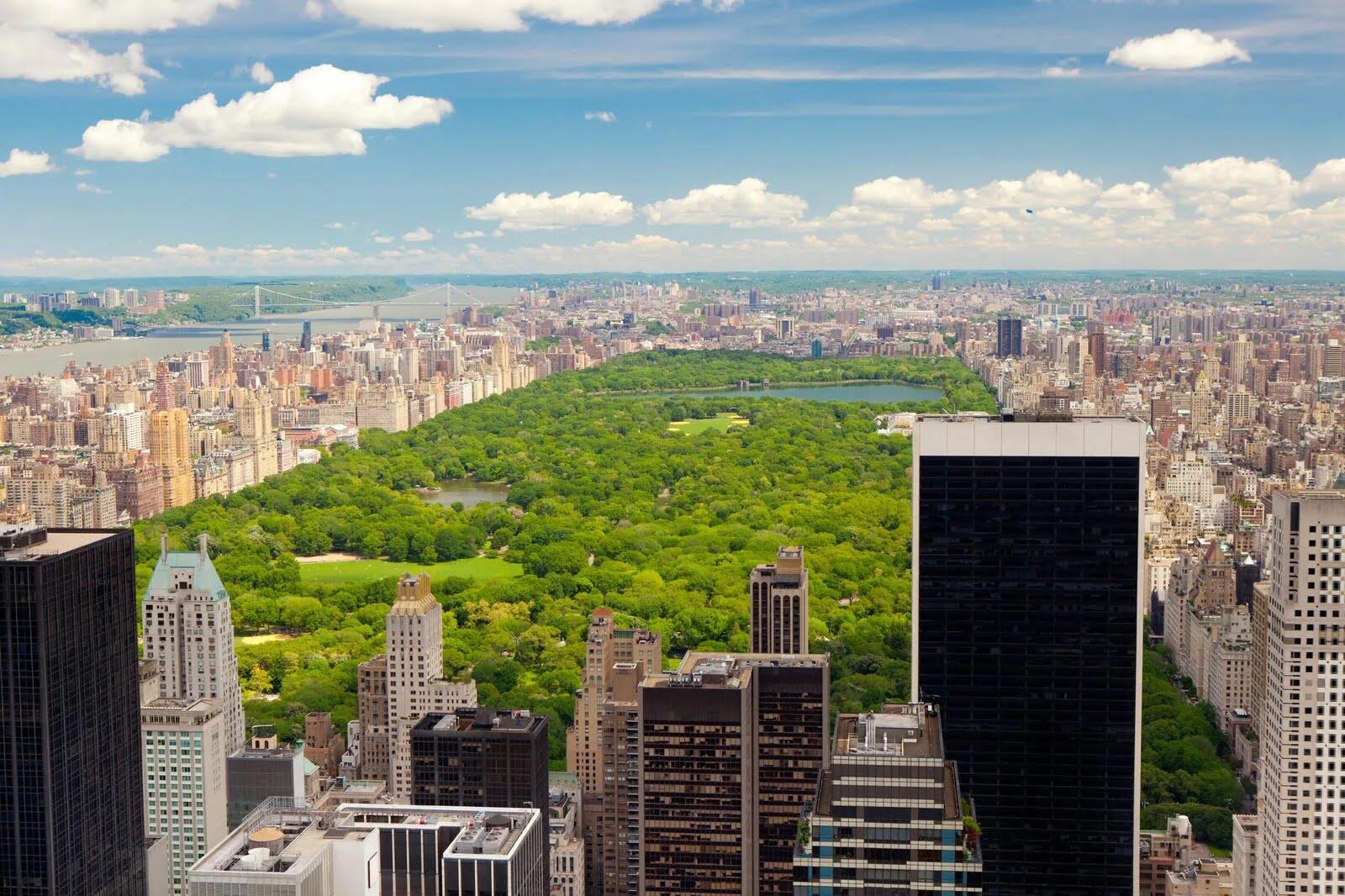

Garden Essentials
What Percentage Of NYC Is Green Space
Modified: March 7, 2024
Discover the percentage of green space in NYC and its impact on the environment. Explore the benefits of urban gardening and creating sustainable gardens in the city.
(Many of the links in this article redirect to a specific reviewed product. Your purchase of these products through affiliate links helps to generate commission for Storables.com, at no extra cost. Learn more)
Introduction
Welcome to the bustling city of New York, where skyscrapers dominate the skyline and endless streams of people rush through the streets. Amidst this concrete jungle, there is an oasis of greenery that provides a breath of fresh air and a sanctuary from the urban chaos – green spaces.
Green spaces, also known as open spaces or parks, are areas of land that are predominantly covered by vegetation, ranging from small community gardens to vast urban parks. These pockets of nature not only contribute to the aesthetic appeal of a city but also play a crucial role in enhancing the quality of life for its residents.
In this article, we will explore the importance of green spaces in cities, with a focus on the percentage of green space in New York City (NYC). We will delve into the historical background, current state, challenges, and initiatives related to green space preservation and expansion in NYC. Additionally, we will discuss the benefits that green spaces offer to the residents of this bustling metropolis. So, let’s embark on this green journey and discover the green face of the Big Apple!
Key Takeaways:
- Green spaces in NYC, like Central Park, provide a peaceful escape from city life, promoting physical health, mental well-being, and community connections.
- Despite challenges, NYC is committed to preserving and expanding green spaces, contributing to a vibrant and sustainable urban environment.
Read more: Where To Buy A Space Heater In NYC?
Definition of Green Space
Before we dive into the world of green spaces, let’s start by understanding what exactly constitutes a green space. A green space is any area of land that is predominantly covered by vegetation, including grass, trees, shrubs, and flowers. This can encompass a wide range of spaces, such as public parks, gardens, forested areas, playing fields, and even rooftop gardens.
Green spaces come in various shapes and sizes, catering to different needs and preferences. They can be large, sprawling parks like Central Park in NYC or smaller community gardens nestled within urban neighborhoods. What all of these spaces have in common is the presence of natural elements that contribute to their green aesthetic.
Green spaces serve as lungs for the city, providing a vital source of fresh air by absorbing carbon dioxide and releasing oxygen through the process of photosynthesis. They also act as natural filters, reducing air pollution and improving air quality. In addition, green spaces offer a multitude of environmental benefits, including reducing urban heat island effect, conserving water, and supporting biodiversity by providing habitats for various plant and animal species.
Furthermore, green spaces serve as social hubs, bringing people together and fostering a sense of community. They offer opportunities for relaxation, recreation, and physical activities such as walking, jogging, picnicking, and playing sports. These spaces also play a crucial role in promoting mental well-being, providing a peaceful retreat from the noise and stress of city life. They offer a respite where people can connect with nature, unwind, and recharge.
Now that we have a clear understanding of what green spaces are and their significance, let’s explore why they are essential components of urban environments, including New York City.
Importance of Green Space in Cities
Green spaces are not mere decorations in a city; they serve as vital components of urban landscapes. Incorporating and preserving green spaces in cities, including NYC, has numerous benefits that positively impact the environment, society, and individual well-being. Let’s explore some of the key reasons why green spaces are crucial in urban areas.
Environmental Benefits: Green spaces play a pivotal role in mitigating the environmental challenges faced by cities. They help combat air pollution by absorbing carbon dioxide and releasing oxygen, leading to cleaner and fresher air. Additionally, green spaces act as natural cooling agents, reducing the urban heat island effect by providing shade, evaporative cooling, and lowering surface temperatures. This is particularly relevant in densely populated cities like NYC, where concrete and asphalt dominate the landscape.
Social Benefits: Green spaces act as catalysts for social interactions and community engagement. They serve as gathering spots for people to come together, socialize, and form connections. Parks and gardens offer spaces for recreational activities, such as picnics, sports, concerts, and cultural events. These shared experiences foster a sense of belonging, unity, and pride in the community.
Physical and Mental Well-being: Green spaces provide opportunities for physical activities and exercise, promoting a healthier lifestyle. They offer spaces for walking, jogging, cycling, and other forms of physical recreation, encouraging people to stay active. Exposure to nature has also been linked to improved mental well-being, stress reduction, and enhanced mood. Green spaces offer a refuge from the fast-paced urban environment, providing a calming and soothing retreat.
Biodiversity and Ecosystem Services: Green spaces contribute to the conservation of biodiversity in urban areas. They provide habitats for various plant and animal species, contributing to the ecological balance. Moreover, green spaces offer valuable ecosystem services, such as water filtration, soil retention, and stormwater management. They help prevent flooding and reduce the strain on city infrastructure during heavy rainfall.
Economic Benefits: Green spaces have a positive impact on the economy of cities. They increase property values and attract businesses, tourism, and investment. Well-designed and maintained green spaces enhance the aesthetics of a city, making it more appealing to residents and visitors alike. Additionally, green spaces can create employment opportunities, such as park maintenance and landscape design.
Given the multitude of benefits that green spaces provide, it is paramount to preserve and expand these areas in urban landscapes. In the next sections, we will delve into the historical background of green spaces in NYC and explore the current state of green spaces in the city.
Historical Overview of Green Space in NYC
The history of green spaces in New York City dates back to the early days of its settlement. As the city developed and expanded over the centuries, the importance of incorporating green spaces became increasingly recognized. Let’s take a journey through time to understand the historical evolution of green spaces in NYC.
In the mid-19th century, the idea of creating public parks gained traction in response to the rapid urbanization and industrialization of the city. In 1853, the visionary landscape architects Frederick Law Olmsted and Calvert Vaux designed the iconic Central Park, a sprawling 843-acre oasis in the heart of Manhattan. The park was designed to provide a respite from the bustling cityscape, offering serene landscapes, walking paths, recreational areas, and even a zoo.
The success of Central Park set the stage for the creation of more green spaces throughout the city. In 1888, Prospect Park, designed by the same team of Olmsted and Vaux, opened in Brooklyn. This park featured rolling hills, woodlands, and a grand meadow, providing residents with a tranquil escape.
Throughout the 20th century, the city continued to allocate land for green spaces, recognizing their importance in enhancing the quality of life for its residents. Public parks such as Bryant Park, Washington Square Park, and Flushing Meadows-Corona Park were established, each with its unique features and amenities.
In addition to large-scale parks, small community gardens began to sprout up in various neighborhoods, providing spaces for residents to grow flowers, vegetables, and connect with their neighbors. These community gardens have become cherished green oases, offering a sense of pride and ownership among local communities.
Today, New York City boasts an extensive network of green spaces, spanning over 30,000 acres of land. These spaces include iconic parks, neighborhood parks, waterfront parks, botanical gardens, and even elevated parks like the High Line. The city has made significant strides in preserving and expanding green spaces, ensuring that residents have access to nature amidst the urban environment.
However, the journey to safeguard and expand green spaces has not been without challenges. In the next section, we will explore the current state of green spaces in NYC and the obstacles faced in preserving and expanding these invaluable areas.
Current State of Green Space in NYC
New York City is often referred to as the concrete jungle, but beneath its towering skyscrapers lies a thriving network of green spaces that provide solace and respite for its residents. Let’s delve into the current state of green space in NYC and explore the various parks and open spaces that dot the cityscape.
At the heart of Manhattan, we find the iconic Central Park, a green oasis that stretches across 843 acres. This beloved park features picturesque landscapes, meandering paths, serene lakes, and even allows visitors to escape the noise and chaos of the city. Central Park provides opportunities for various activities such as jogging, picnicking, horseback riding, and even ice skating in the winter.
In addition to Central Park, New York City boasts a diverse range of parks, each with its unique charm and offerings. For instance, Prospect Park in Brooklyn spans 526 acres and is home to a zoo, playgrounds, a large lake, and winding trails. Flushing Meadows-Corona Park in Queens, with its expansive green spaces and iconic Unisphere, provides a venue for various recreational activities and cultural events.
Moreover, NYC is home to beautiful waterfront parks, where residents and visitors can enjoy stunning views of the city skyline while basking in the tranquility of nature. Hudson River Park, situated along the Hudson River, offers a vast array of recreational activities, including cycling, kayaking, and more. The Brooklyn Bridge Park, located along the East River, boasts lush lawns, playgrounds, and a beautiful promenade.
Furthermore, neighborhoods in all five boroughs of NYC are dotted with smaller community gardens and pocket parks. These neighborhood green spaces, maintained by local communities, provide greenery and a sense of community pride. They offer peaceful retreats for nearby residents and serve as safe havens for flora and fauna in the midst of the urban landscape.
Despite the extensive network of green spaces in NYC, there are challenges to preserving and expanding these areas. With a rapidly growing population and limited available land, there is a constant battle to strike a balance between urban development and the preservation of green spaces. High land prices and the demands for development present obstacles in allocating sufficient space for parks and open areas.
The COVID-19 pandemic has also highlighted the importance of green spaces as sanctuaries for physical and mental well-being. With an increased focus on health and outdoor activities, ensuring that all residents have equal access to these spaces becomes even more crucial.
However, the city government and various organizations are actively working towards addressing these challenges and expanding green spaces. Initiatives such as the Community Parks Initiative and the Parks Equity Initiative aim to enhance the quality and availability of parks in underserved communities. The city is also exploring innovative ideas such as developing green roofs, planting more street trees, and creating green corridors to connect existing parklands.
Now that we have explored the current state of green space in NYC and the challenges faced, let’s dive into the initiatives and policies that have been implemented to preserve and expand these precious areas.
Read more: How To Get Rid Of Furniture In Nyc
Challenges in Preserving and Expanding Green Space in NYC
Preserving and expanding green spaces in a city as dynamic as New York City poses several challenges. These challenges range from limited available land to competing demands for urban development. Let’s explore some of the key obstacles faced in preserving and expanding green space in NYC.
Limited Available Land: One of the primary challenges in expanding green spaces in NYC is the scarcity of available land. As a densely populated city, NYC faces a constant struggle to allocate land for parks, gardens, and open spaces. With high land prices and a growing population, finding suitable spaces to develop new parks becomes increasingly difficult.
Urban Development Pressures: The demand for urban development, including residential and commercial spaces, often competes with the need for green spaces. Developers may push for the conversion of potential green areas into buildings or infrastructure projects, leading to a loss of valuable open spaces. Balancing the need for development and the preservation of green spaces is a complex issue that requires careful planning and consideration.
Equitable Distribution: Ensuring equitable access to green spaces for all residents of NYC poses a significant challenge. Some neighborhoods, particularly low-income communities, may lack adequate green spaces, leading to inequities in access to nature and recreational opportunities. Addressing this issue requires strategic planning and targeted initiatives to provide equal access to green spaces across all neighborhoods.
Maintenance and Funding: Maintaining and funding green spaces is a continual challenge for the city. Parks require regular maintenance, including landscaping, waste management, and infrastructure upkeep. Securing adequate funding for these maintenance activities can be challenging, especially with budget constraints and competing funding priorities.
Climate Change and Resilience: The increasing impacts of climate change, such as extreme weather events and rising sea levels, pose additional challenges for preserving and expanding green spaces in NYC. Ensuring the resilience of green spaces and adapting them to climate change requires innovative design strategies that can withstand these environmental challenges.
Public Engagement and Participation: Engaging the public and fostering community participation in the preservation and development of green spaces can be a challenge. Involving local communities in the decision-making process and ensuring their voices are heard is crucial for creating spaces that meet their needs and preferences.
Despite these challenges, numerous initiatives and policies have been implemented to address them and ensure the preservation and expansion of green spaces in NYC. In the next section, we will delve into these efforts and explore the initiatives and policies in place to promote the conservation and growth of green spaces.
Did you know that approximately 20% of New York City is made up of green space, including parks, gardens, and natural areas? This provides residents and visitors with plenty of opportunities to enjoy nature within the city.
Initiatives and Policies for Green Space Conservation in NYC
New York City recognizes the importance of green spaces and has implemented various initiatives and policies to safeguard and expand these precious areas. Let’s explore some of the key efforts undertaken to promote green space conservation in NYC.
Community Parks Initiative: Launched in 2014, the Community Parks Initiative aims to enhance and improve under-resourced neighborhood parks in densely populated areas. This program focuses on investing in parks that serve high-need communities, ensuring that all residents have access to quality green spaces. The initiative includes renovating playgrounds, improving park infrastructure, and engaging local communities in the planning and decision-making process.
Parks Without Borders: The Parks Without Borders initiative seeks to break down barriers and provide a seamless connection between parks and their surrounding communities. This design-focused approach aims to improve access points, enhance entrances, and create welcoming spaces that blur the boundaries between parks and neighborhoods. The initiative also focuses on improving park edges, making them more inviting and accessible to residents.
Parks Equity Initiative: The Parks Equity Initiative is aimed at addressing disparities in park resources among different neighborhoods in NYC. This initiative allocates additional resources and funding to underserved communities, ensuring that all residents have equal access to green spaces. The program focuses on improving park conditions, expanding programming, and developing new parks in areas with limited green space.
GreenThumb: GreenThumb is a program that oversees and supports a network of community gardens in NYC. It provides technical assistance, workshops, and resources to community gardeners, helping them to maintain and manage these valuable spaces. The program also plays a crucial role in preserving community gardens that face threats from redevelopment or other challenges.
NYC CoolRoofs: The NYC CoolRoofs initiative aims to combat the urban heat island effect by coating rooftops with reflective materials, reducing energy consumption and improving the overall environmental sustainability of the city. By incorporating green roofing and cool roof technologies, this initiative contributes to the preservation and expansion of green spaces in NYC.
PlaNYC: PlaNYC is a comprehensive sustainability plan for NYC that includes initiatives to increase green spaces and improve their accessibility. The plan emphasizes the importance of enhancing the tree canopy, expanding parks and green roofs, and creating green corridors to connect existing green spaces. These initiatives work towards addressing the challenges of limited land availability and equitable distribution of green spaces.
These initiatives and policies highlight the city’s commitment to the preservation and expansion of green spaces in NYC. By investing in communities, fostering public engagement, and prioritizing equitable access to nature, NYC is striving to create a sustainable and verdant environment for its residents.
Next, we will explore the myriad benefits that green spaces offer to the residents of NYC, showcasing why these efforts are essential for the well-being and quality of life of the city’s inhabitants.
Benefits of Green Space for NYC Residents
Green spaces play a vital role in enhancing the quality of life for residents of New York City (NYC). These areas of nature offer a multitude of benefits that positively impact the physical, mental, and social well-being of the city’s inhabitants. Let’s explore some of the key benefits that green spaces provide to NYC residents.
Physical Health and Recreation: Green spaces in NYC offer opportunities for physical exercise and recreation, promoting a healthier lifestyle. Residents can engage in activities such as jogging, walking, cycling, and playing sports in parks and open areas. These spaces provide a break from the sedentary nature of urban life and encourage physical activity, contributing to improved cardiovascular health, weight management, and overall fitness.
Mental Well-being and Stress Reduction: Access to green spaces has been linked to improved mental well-being and stress reduction. In the fast-paced and often stressful environment of NYC, green spaces offer a peaceful retreat where residents can unwind, recharge, and connect with nature. Spending time in nature has proven to reduce anxiety, depression, and improve overall mental health.
Community Building and Social Engagement: Green spaces act as gathering spots for communities, fostering social interactions and neighborly connections. Parks and community gardens provide venues for people to come together, engage in shared activities, and build social bonds. These spaces serve as the backdrop for picnics, group exercise classes, cultural events, and neighborhood celebrations, creating a sense of belonging and community pride.
Environmental Education and Awareness: Green spaces offer opportunities for environmental education and awareness. NYC residents, particularly children, can learn about various plant and animal species, ecosystems, and sustainable practices through hands-on experiences in parks and botanical gardens. These spaces serve as outdoor classrooms, helping to foster a sense of environmental stewardship and inspire a deeper connection with the natural world.
Improvement in Air and Water Quality: The presence of green spaces in NYC contributes to improved air and water quality. Trees and vegetation absorb carbon dioxide and release oxygen, helping to mitigate air pollution and reduce greenhouse gas emissions. Moreover, green spaces act as natural filters, reducing the runoff of pollutants into water bodies and contributing to cleaner and healthier water sources.
Enhancement of Aesthetics and Urban Resilience: Green spaces enhance the aesthetics of NYC, softening the concrete landscape and providing visual relief. The presence of greenery, trees, and flowers adds beauty and color to the city, creating a more pleasant and inviting environment. Additionally, green spaces play a role in urban resilience, helping to mitigate the impacts of climate change by reducing the urban heat island effect and providing natural cooling.
These are just a few of the many benefits that green spaces offer to NYC residents. From promoting physical health and mental well-being to fostering community engagement and environmental sustainability, green spaces are essential components of a vibrant and livable city.
Having explored the benefits of green spaces, let’s now delve into the evaluation of the percentage of green space in NYC, allowing us to gauge the city’s commitment to preserving and expanding these invaluable areas.
Evaluating the Percentage of Green Space in NYC
Evaluating the percentage of green space in New York City (NYC) provides insight into the city’s commitment to preserving and expanding these valuable areas. While the term “green space” encompasses a range of landscapes, including parks, gardens, and open spaces, determining the precise percentage requires careful analysis. Let’s explore the methods used to evaluate the percentage of green space in NYC and understand the city’s green footprint.
Various approaches can be used to measure the green space percentage, depending on the definition and criteria employed. One common method involves analyzing land use data, which identifies areas classified as parks, gardens, and other green spaces. These data sources consider the size, location, and purpose of each green space to calculate the overall percentage of land devoted to such areas.
The New York City Department of Parks and Recreation (NYC Parks) maintains comprehensive data on the city’s parks and open spaces. By examining their inventory and data, it is possible to estimate the overall percentage of green space in NYC. Additionally, satellite imagery and aerial photographs can be utilized to assess the extent of vegetation cover, offering a visual representation of the green spaces across the city.
It is important to note that the percentage of green space in NYC may vary depending on the specific criteria used for evaluation. For instance, if only publicly-owned or designated green spaces are considered, the percentage may differ from an assessment that includes privately-owned green spaces and community gardens.
Moreover, the percentage of green space is not static and can change over time due to urban development, conservation efforts, and initiatives focused on expanding green spaces. It is essential to consider the ongoing efforts to preserve existing green spaces and develop new ones when evaluating the overall green space percentage in NYC.
While an exact percentage may vary based on the methodology and data sources used, it is evident that NYC showcases a significant amount of green space when compared to other urban centers. The presence of iconic parks like Central Park, Prospect Park, and Flushing Meadows-Corona Park alone contributes significantly to the city’s green footprint.
Overall, evaluating the percentage of green space in NYC allows us to gauge the city’s commitment to preserving and expanding these valuable areas. The continuous efforts to enhance existing parks, develop new green spaces, and ensure equitable access to nature contribute to the overall well-being and quality of life of residents and visitors alike.
Now that we have explored the evaluation of green space in NYC, let’s compare the green space percentage with other cities to gain a broader perspective on the city’s green infrastructure.
Read more: Where To Get Moving Boxes Nyc
Comparisons with Other Cities’ Green Space Percentage
When assessing the green space percentage in New York City (NYC), it is informative to compare it with other cities around the world. Such comparisons provide insights into how NYC’s green infrastructure measures up on a global scale and highlight the city’s commitment to preserving and expanding green spaces. Let’s explore some comparisons with other cities’ green space percentages.
Many cities prioritize green spaces as important components of urban planning, recognizing their numerous benefits to residents and the environment. For example, Vancouver, Canada, is renowned for its extensive green infrastructure, with approximately 20% of its land dedicated to parks and green spaces. The city’s commitment to preserving natural landscapes creates a harmonious balance between urban development and nature.
A standout city for green space is Stockholm, Sweden, which boasts over 40% of its area dedicated to parks, forests, and water bodies. The Swedish capital places a strong emphasis on providing residents with access to nature, with large green areas like Djurgården, a historical park with gardens, woodlands, and recreational facilities.
Another European city with a significant green space percentage is Munich, Germany. With about 20% of its land dedicated to green spaces, Munich offers a wide range of urban parks, such as Englischer Garten, one of the largest public parks globally. The city’s commitment to green infrastructure provides residents and visitors a respite from the urban environment.
Looking at Asian cities, Singapore is renowned for its innovative approach to green spaces. Despite its limited land area, the city-state prioritizes greenery and has been designated a “city in a garden.” Approximately 47% of Singapore’s land is covered by green spaces, including parks, rooftop gardens, and nature reserves. Initiatives such as the Gardens by the Bay and the Singapore Botanic Gardens showcase the city’s dedication to green infrastructure.
Examining NYC in this context, the percentage of green space may be considered lower when compared to some of these cities. However, it is important to note that NYC faces unique challenges as a densely populated metropolis. The percentage of green space in NYC, estimated to be around 20% of the city’s land, showcases its efforts to preserve and expand green areas amidst urban development pressures and land scarcity.
NYC’s green spaces, including iconic parks like Central Park and Prospect Park, serve as vital havens for residents and visitors alike. The city’s extensive network of parks, waterfront areas, and community gardens contribute significantly to the overall well-being and quality of life of its residents.
Comparisons with other cities’ green space percentages provide valuable insights into the strengths and areas for improvement in NYC’s green infrastructure. These comparisons can inspire further initiatives and strategies to enhance and expand the city’s green spaces, creating a more sustainable and livable urban environment.
Now that we have explored the green space percentage in NYC and compared it with other cities, let’s conclude our journey and summarize the importance of green spaces for urban dwellers.
Conclusion
Green spaces are much more than just patches of vegetation in an urban landscape; they are vital components that contribute to the well-being and livability of a city. In New York City (NYC), green spaces have played a significant role in enhancing the quality of life for residents and visitors alike.
Throughout its history, NYC has recognized the importance of preserving and expanding green spaces. From the iconic Central Park to community gardens nestled within neighborhoods, these areas provide a retreat from the bustling city streets, offering peace, tranquility, and a connection to nature.
Green spaces in NYC provide numerous benefits. Physically, they offer opportunities for exercise, recreation, and improved health. Mentally, they provide an escape from the stress of city life, promoting well-being and a sense of calm. Socially, green spaces act as community hubs, fostering connections and a sense of belonging among residents.
Preserving and expanding green spaces in NYC is not without its challenges. Limited available land, competing demands for urban development, equitable distribution, maintenance and funding concerns, climate change impacts, and the need for public engagement pose obstacles. However, initiatives and policies such as the Community Parks Initiative, Parks Without Borders, and the Parks Equity Initiative are working towards addressing these challenges and ensuring equitable access to green spaces.
While the exact percentage of green space in NYC may vary based on evaluation methodologies, the city’s commitment to preserving and expanding these areas is evident. Comparisons with other cities show that NYC, with its iconic parks and extensive network of green spaces, demonstrates a dedication to green infrastructure despite facing unique urban challenges.
In conclusion, green spaces are vital to the well-being and quality of life for NYC residents. Their presence contributes to physical and mental health, social interactions, environmental sustainability, and the overall aesthetics of the city. As NYC continues to evolve, preserving and expanding green spaces will remain a top priority, ensuring that residents can always find solace and connection with nature amidst the bustling urban environment.
Frequently Asked Questions about What Percentage Of NYC Is Green Space
Was this page helpful?
At Storables.com, we guarantee accurate and reliable information. Our content, validated by Expert Board Contributors, is crafted following stringent Editorial Policies. We're committed to providing you with well-researched, expert-backed insights for all your informational needs.
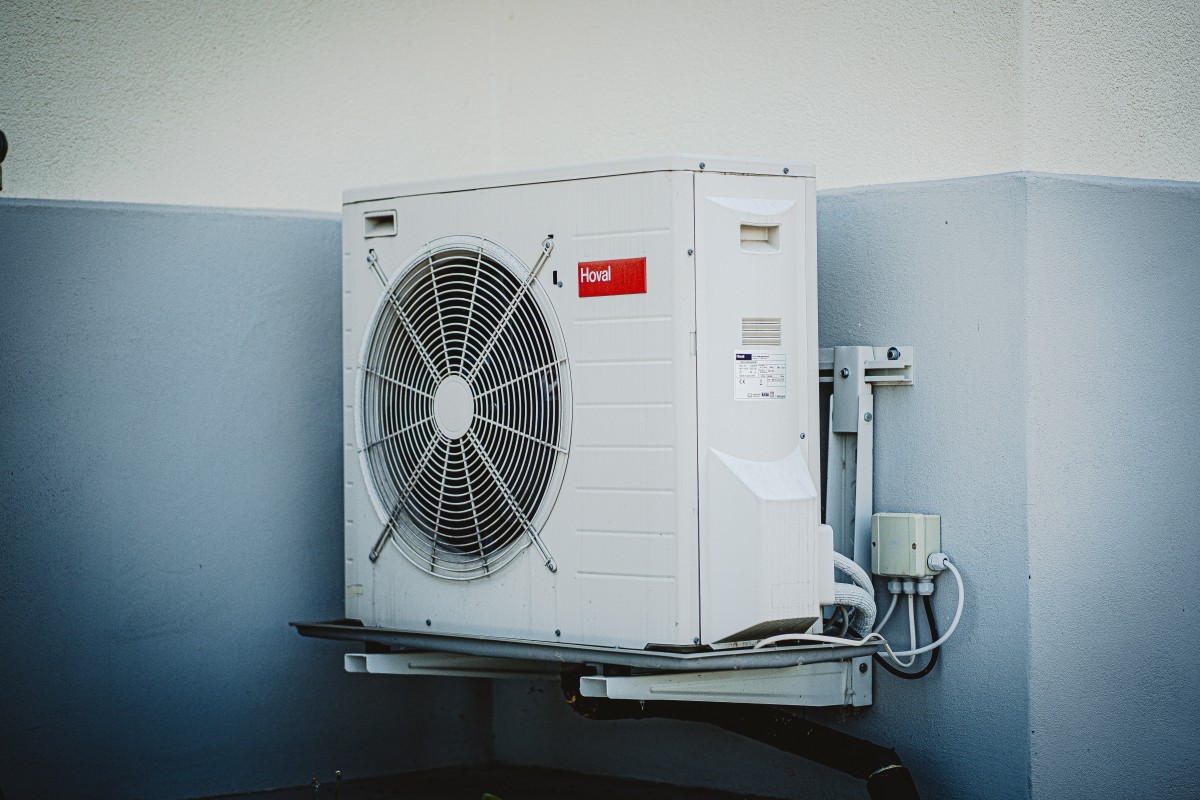
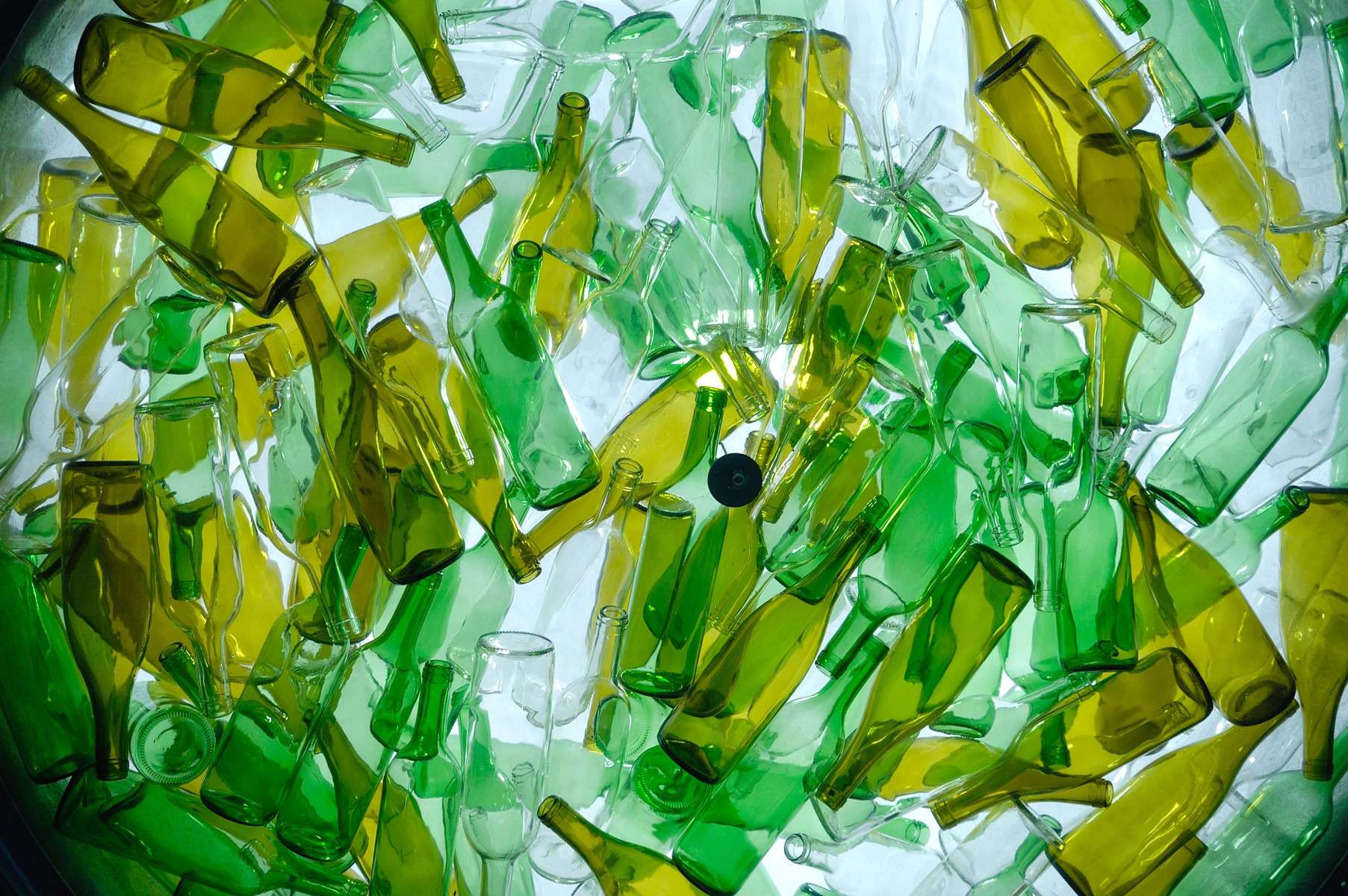


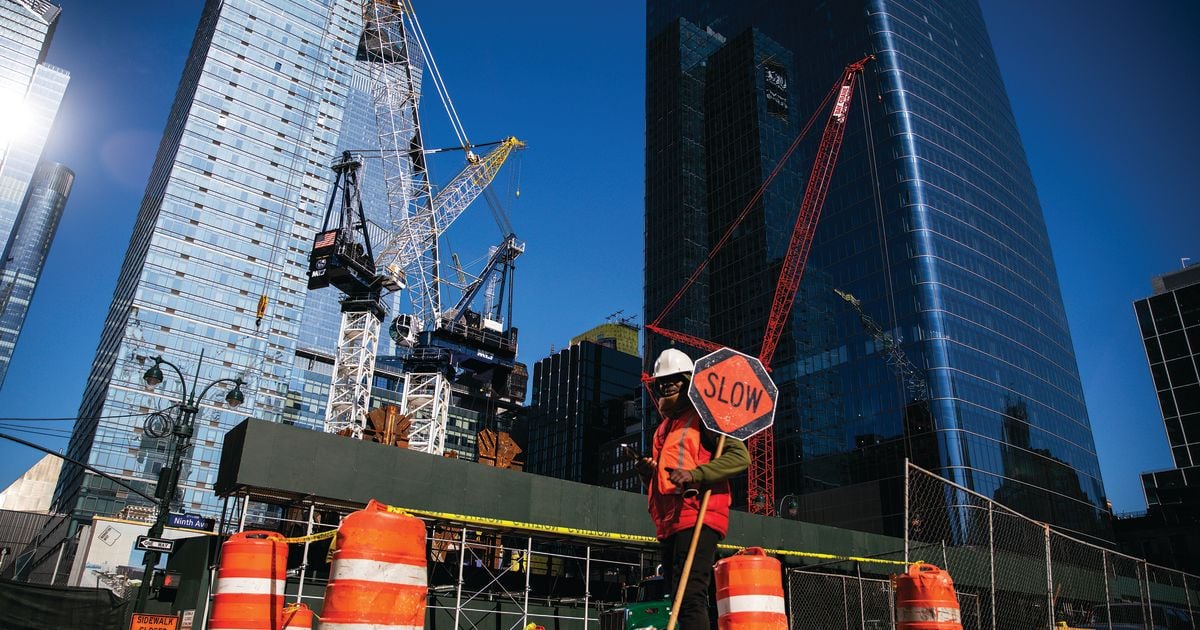
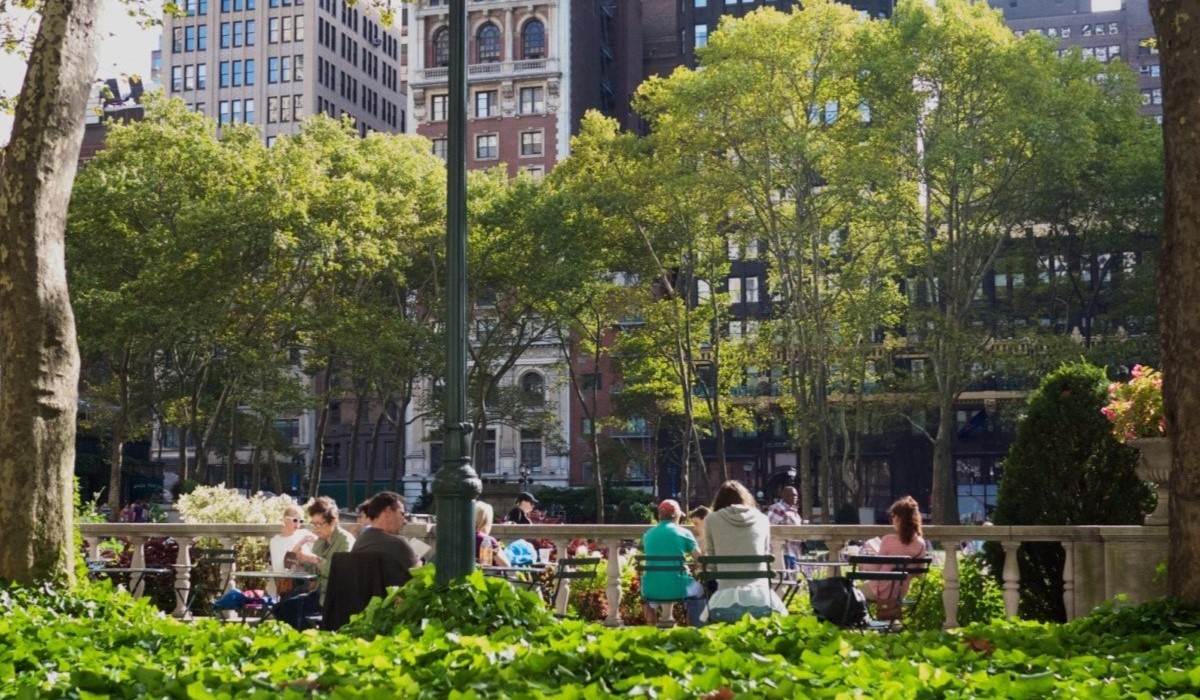

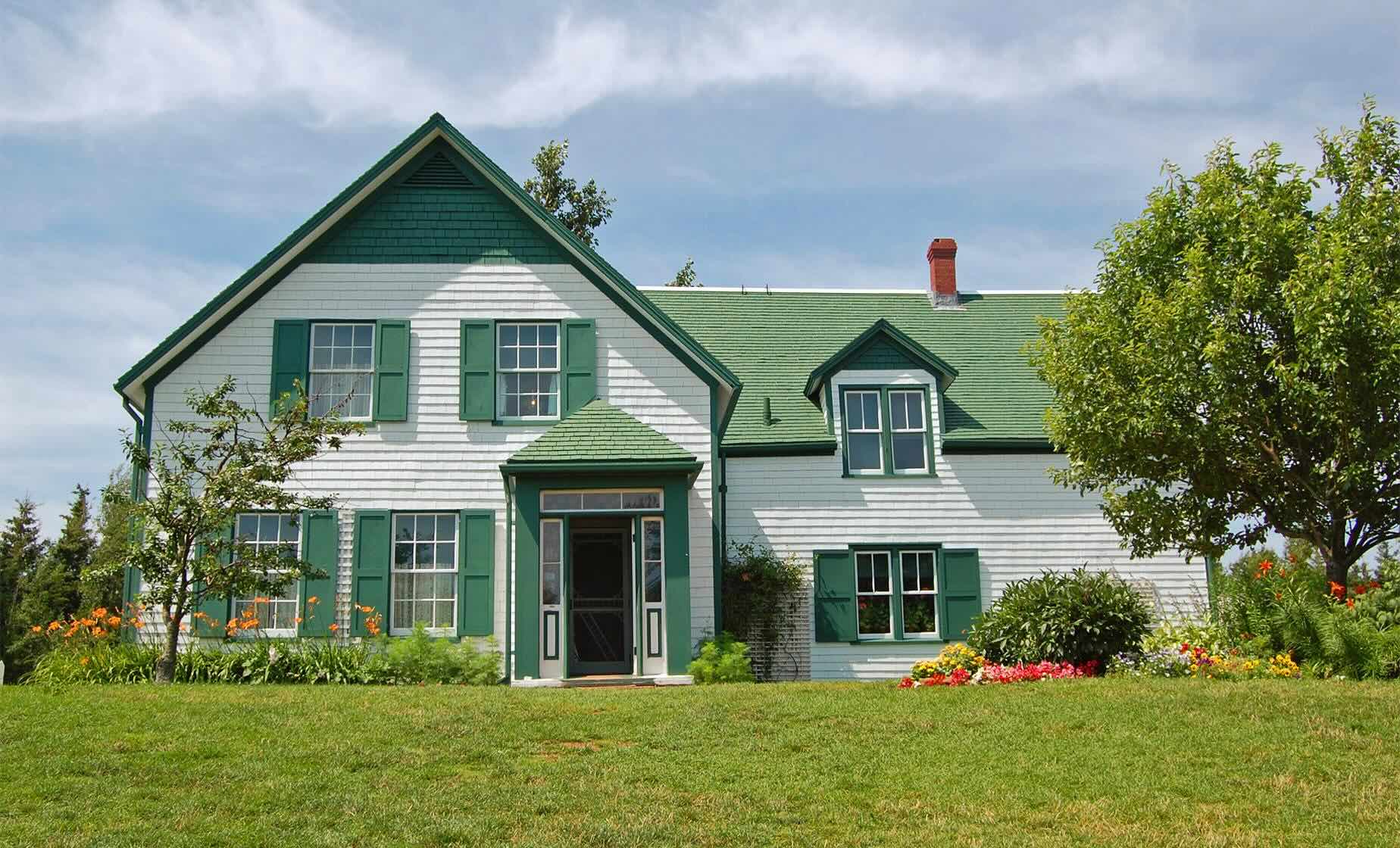
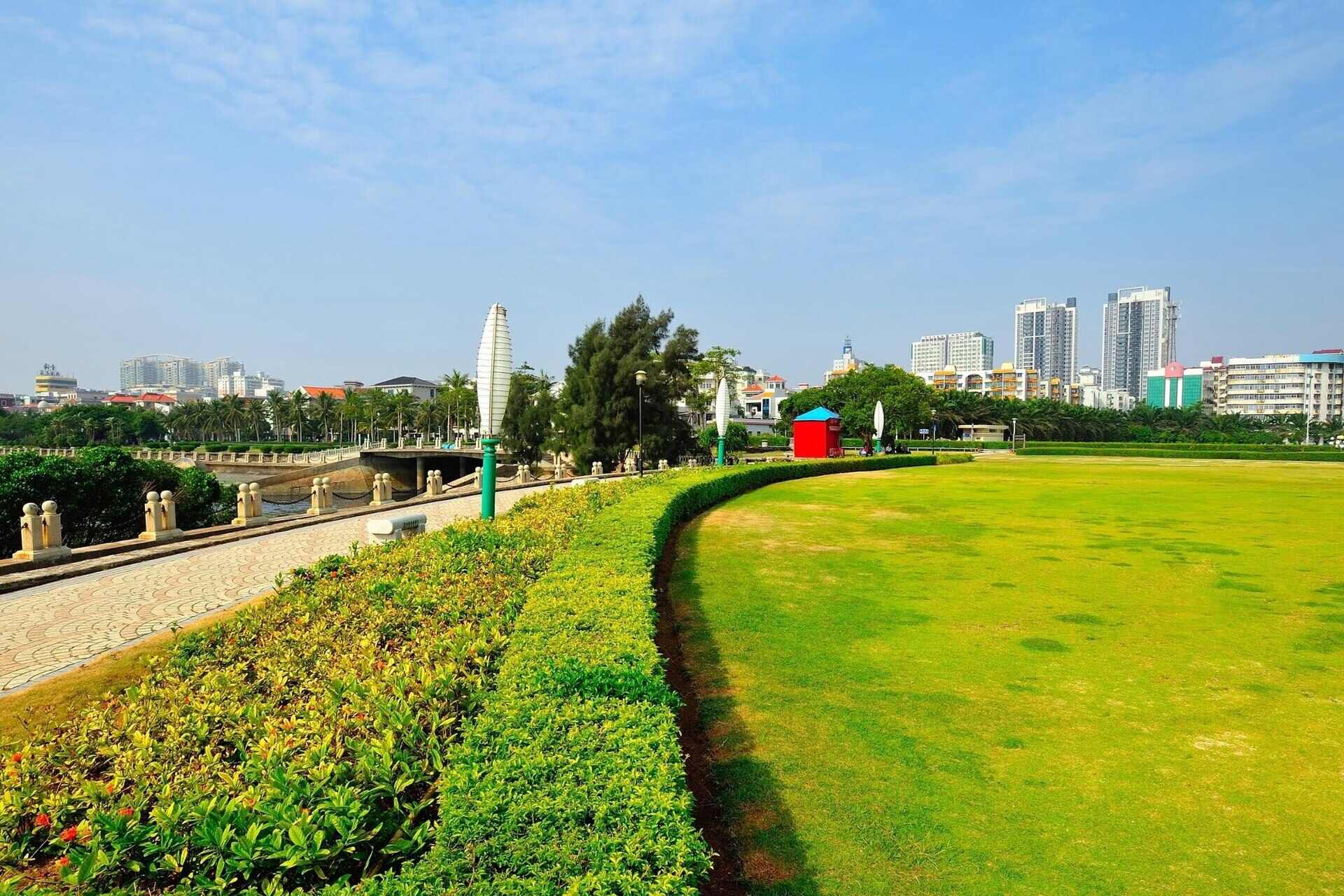

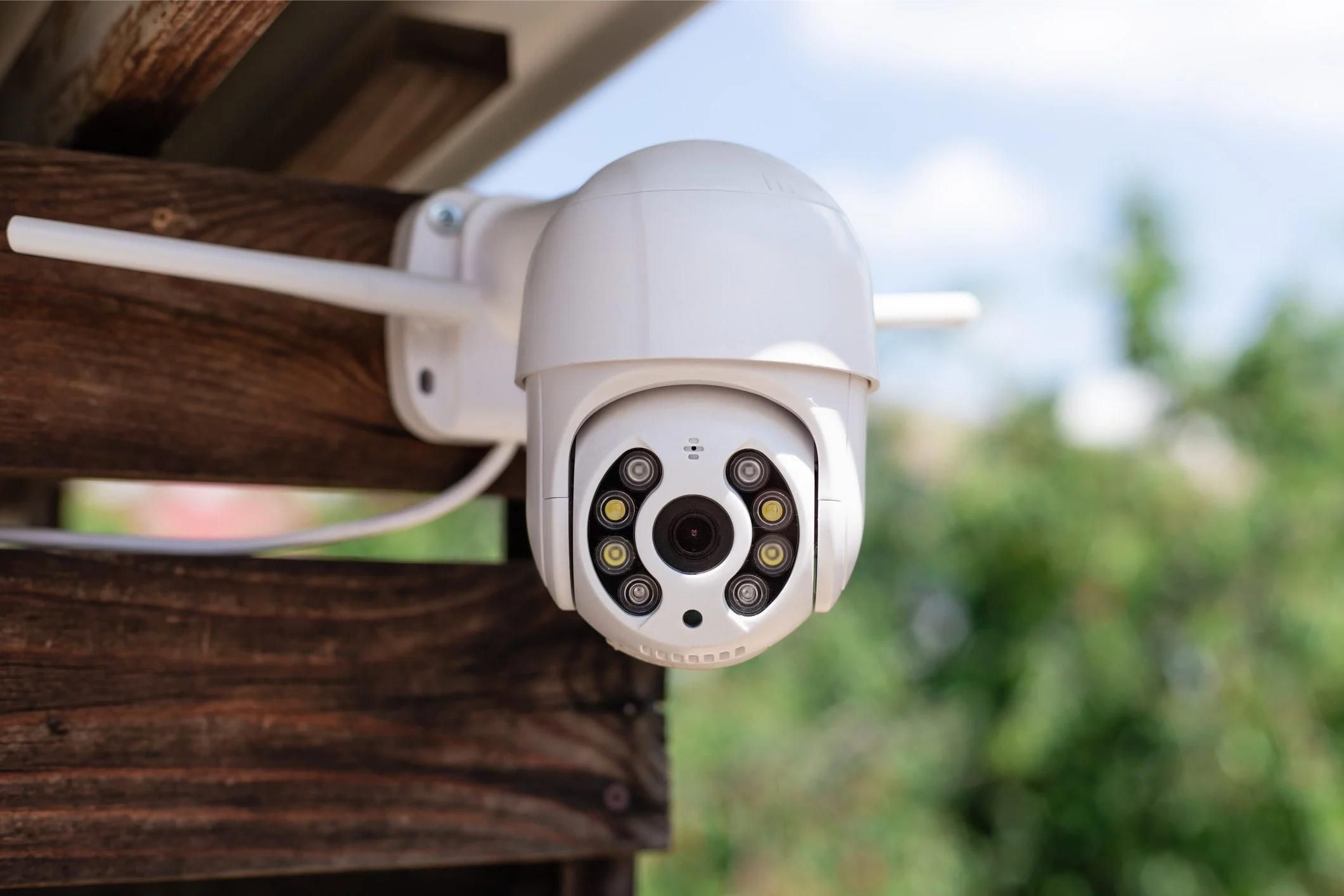



0 thoughts on “What Percentage Of NYC Is Green Space”